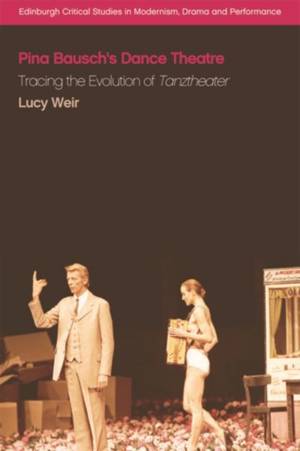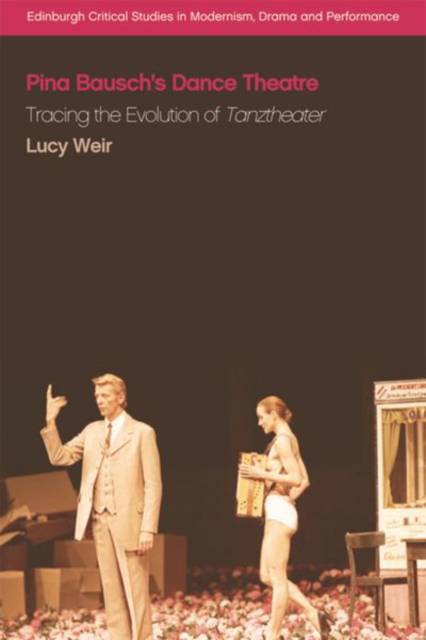
- Retrait gratuit dans votre magasin Club
- 7.000.000 titres dans notre catalogue
- Payer en toute sécurité
- Toujours un magasin près de chez vous
- Retrait gratuit dans votre magasin Club
- 7.000.0000 titres dans notre catalogue
- Payer en toute sécurité
- Toujours un magasin près de chez vous
Description
First full-scale thematic analysis of Pina Bausch's Tanztheater, critically evaluating the impact of modernist theatre on her choreographic method
This book presents a new reading of Pina Bausch's dance theatre, orienting it within an international legacy of performance practice. The discussion considers not only the influence of German and American modern dance on Bausch's work but, crucially, interrogates parallels with modernist and postdramatic theatre (including Antonin Artaud, Samuel Beckett, Jerzy Grotowski, and Robert Wilson), the influence of which has been largely neglected in existing studies of her oeuvre.
Pina Bausch's Dance Theatre provides a wide-ranging study of Bausch's aesthetic and methods of practice, with case studies ranging from the beginning of her career to her final choreographies.
Key Features
The first full-scale study interrogating the relationship between Bausch's Tanztheater and modernist theatre practice, structured around a chronological framework of case study choreographiesA new theorisation of the development of Bausch's oeuvre, locating her approach in a broader context of intercultural artistic exchange in the post-WWII periodDraws on literary and theatre theory to form an interdisciplinary methodology for understanding and interrogating Bausch's oeuvreBased on extensive archival research and a specialised knowledge of the evolution of modern dance
Spécifications
Parties prenantes
- Auteur(s) :
- Editeur:
Contenu
- Nombre de pages :
- 224
- Langue:
- Anglais
- Collection :
Caractéristiques
- EAN:
- 9781474436847
- Date de parution :
- 27-11-19
- Format:
- Livre broché
- Format numérique:
- Trade paperback (VS)
- Dimensions :
- 150 mm x 229 mm
- Poids :
- 340 g

Les avis
Nous publions uniquement les avis qui respectent les conditions requises. Consultez nos conditions pour les avis.






